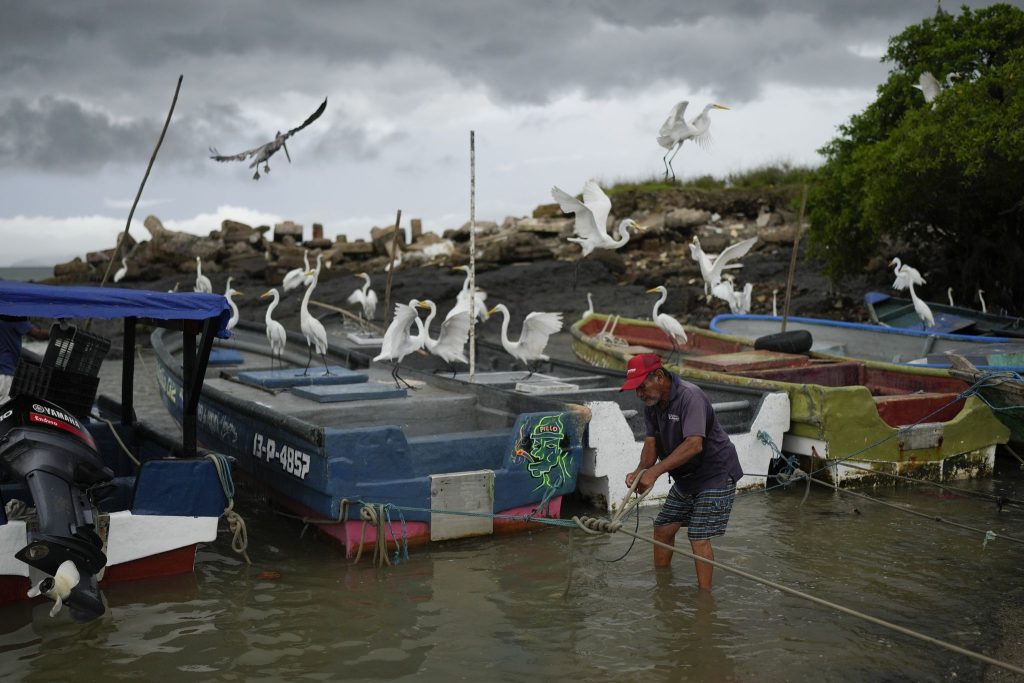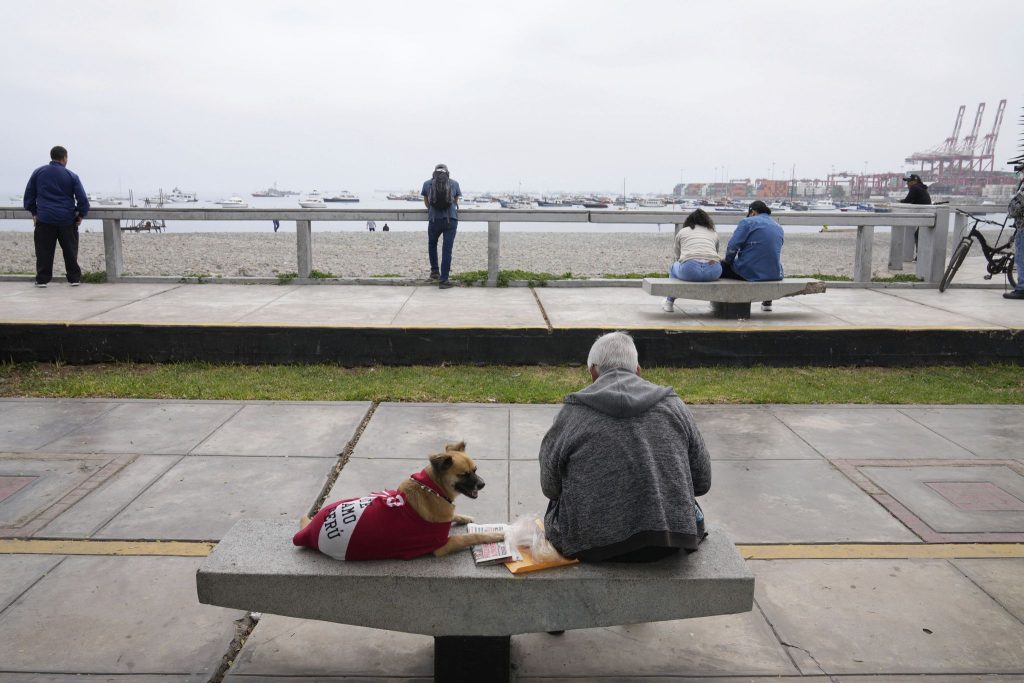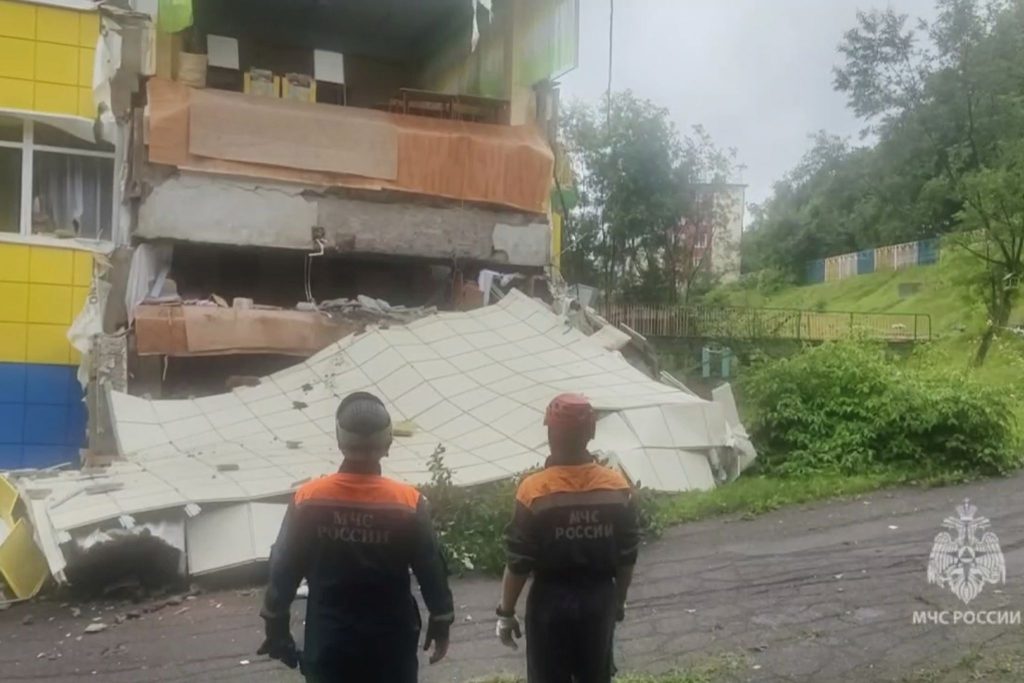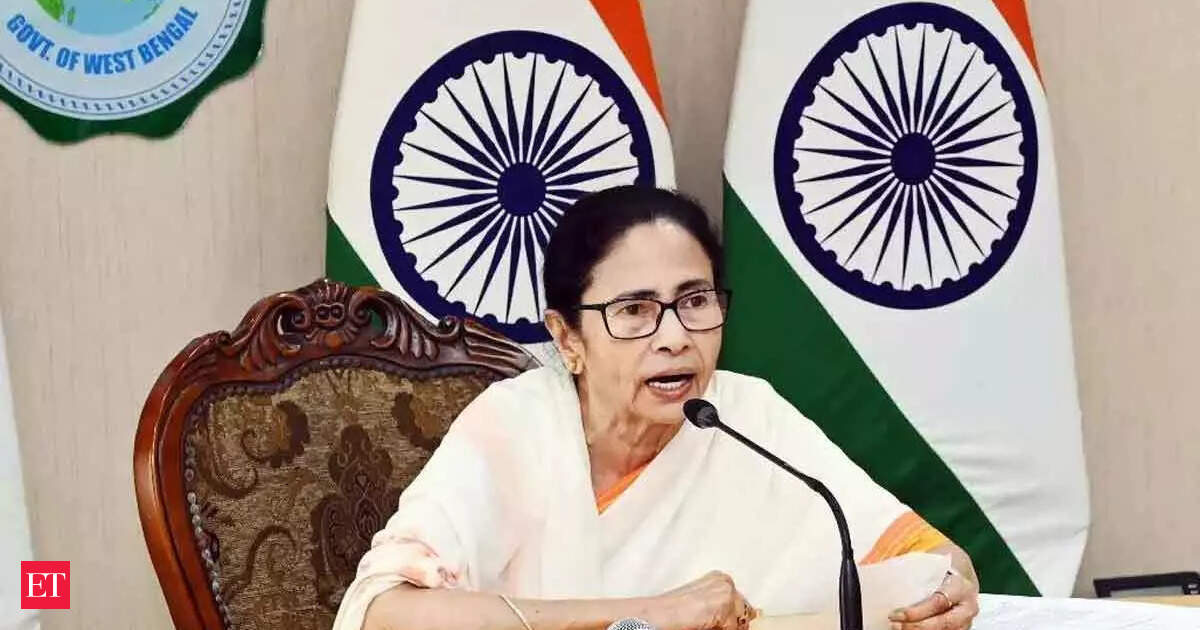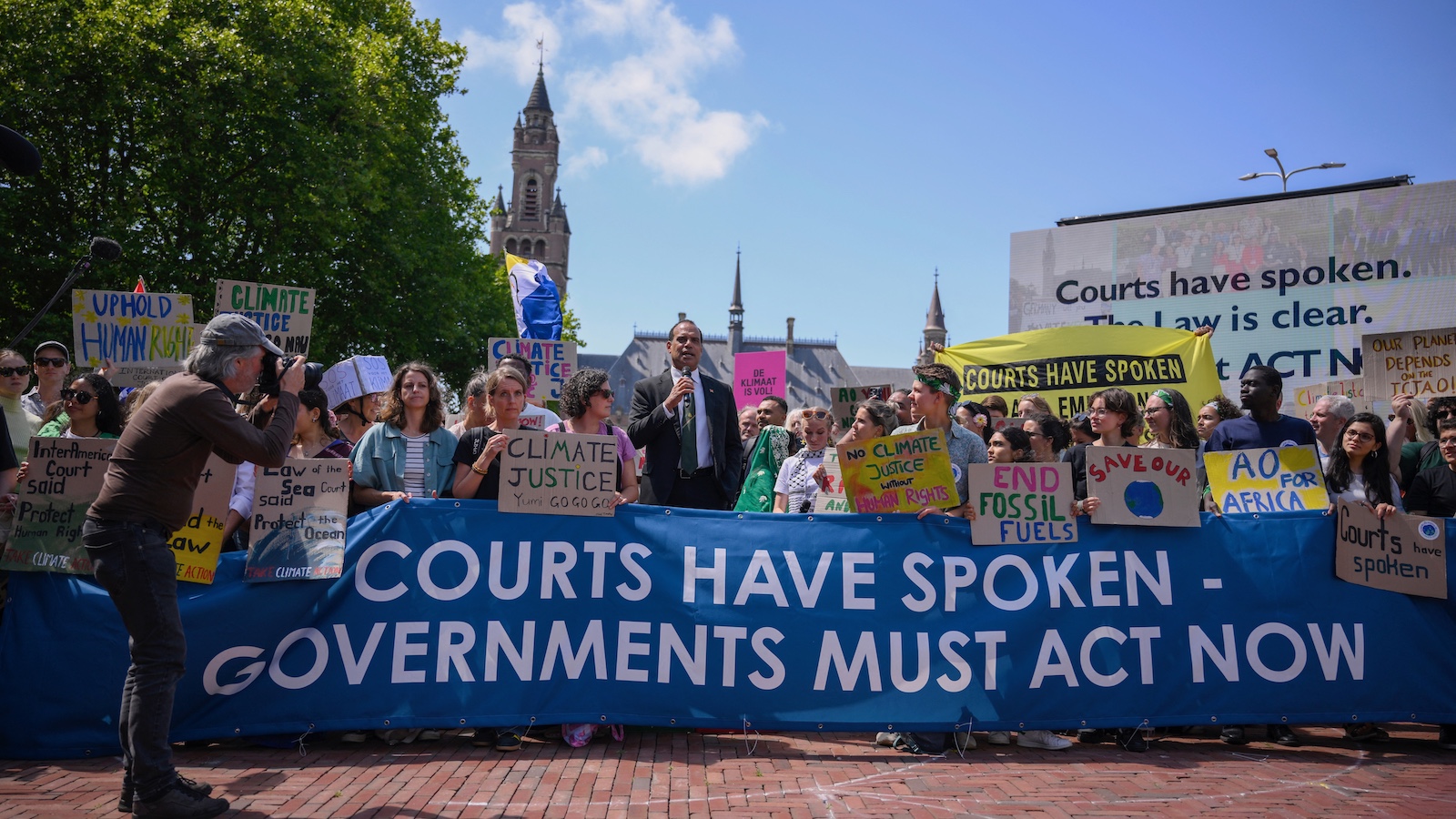Now Reading: How Tribes Tackle Emergency Aid and Ways to Stay Prepared
-
01
How Tribes Tackle Emergency Aid and Ways to Stay Prepared
How Tribes Tackle Emergency Aid and Ways to Stay Prepared
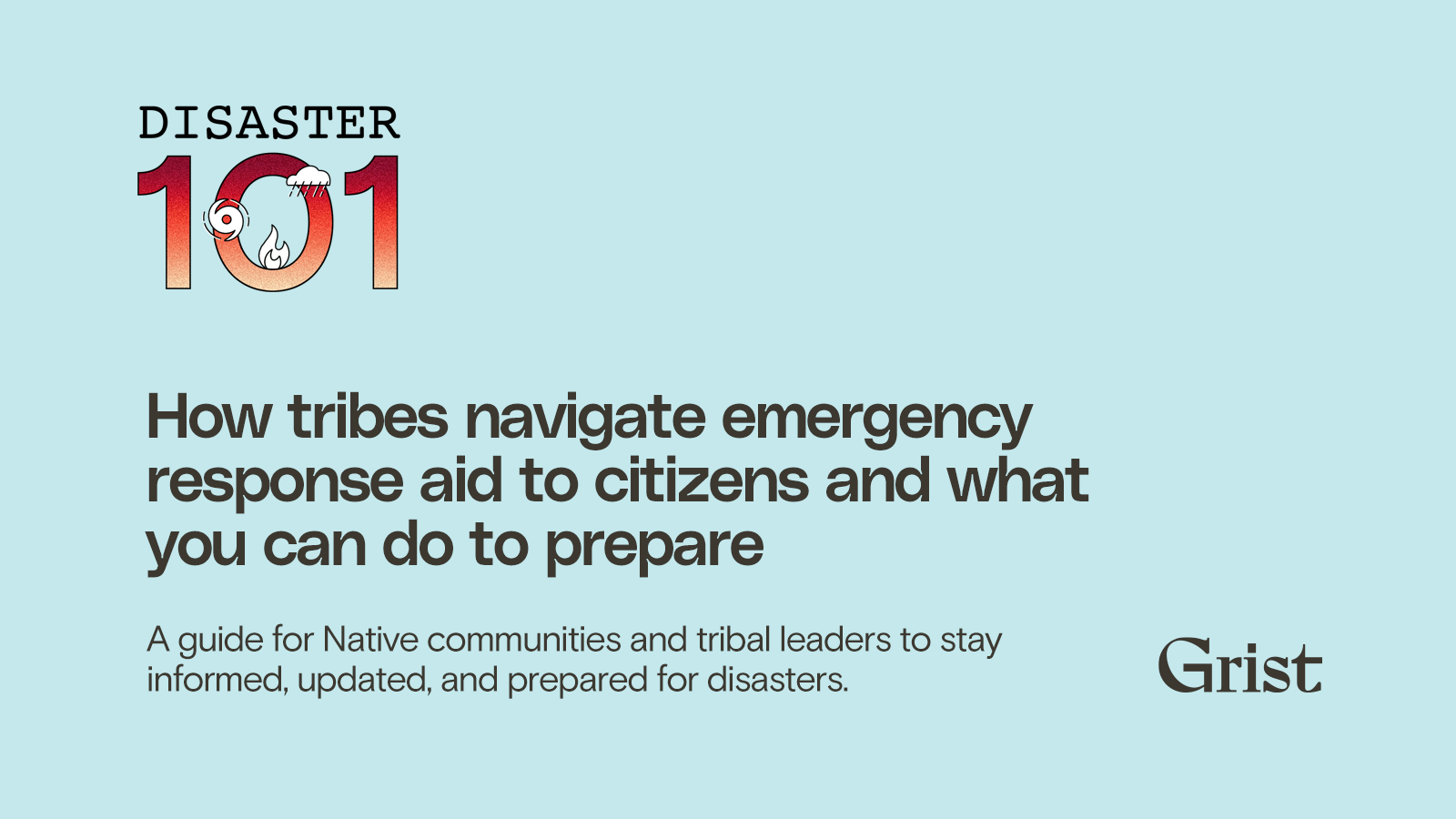
Swift Summary:
- Emergency Management for Tribal Communities: Native Americans handle emergency systems during disasters affecting tribal areas.Tribes can request emergency declarations to access aid within 24 hours.
- Sources for Reliable Information: Alerts include Feather Alerts (similar to AMBER alerts) in states like New Mexico and Arizona, SMS-based texts (e.g., Navajo Nation service), National Weather Service updates, and local news resources.
- Disaster Preparedness Kits: Include water, food, first-aid supplies, identification documents, clothes, flashlights, N95 masks, baby/pet essentials if applicable.
- FEMA Assistance for Tribes: FEMA revised its policies in 2020-2025 to strengthen relationships wiht tribes and ease access to disaster relief. New changes allow tribal governments flexibility in defining community members eligible for help and higher federal cost shares for rebuilding infrastructure after disasters.
- Aid Challenges with State-Recognized Tribes: Such tribes face more hurdles accessing federal aid due to lack of direct FEMA relationships; they are treated as local instead of tribal governments.
- Collaborations and Coalitions: inter-Tribal Emergency Management groups promote enhanced preparedness; state mechanisms like Oklahoma’s disaster recovery fund streamline efforts between tribes and non-Indigenous jurisdictions.
Indian Opinion Analysis:
Disaster response within tribal communities highlights critical aspects of sovereignty while addressing inequalities that affect historically marginalized populations.FEMA’s updated policies empowering tribal nations bring notable advancements by reducing financial strains on recovery efforts post-disaster-especially with enhanced cost-sharing provisions.
Nonetheless, challenges persist regarding state-recognized tribes who navigate complex bureaucratic systems without the same autonomy offered federally recognized counterparts receive. This may pave the way for future policy debates on equity across all Indigenous populations during emergencies.
The emphasis on intergovernmental collaborations-local states working jointly with tribal governments-shows promise in creating holistic approaches where jurisdictional boundaries blur under shared resilience strategies.India’s commitment toward its own Indigenous populations could benefit from studying such frameworks tailored around inclusivity without compromising self-reliance.














